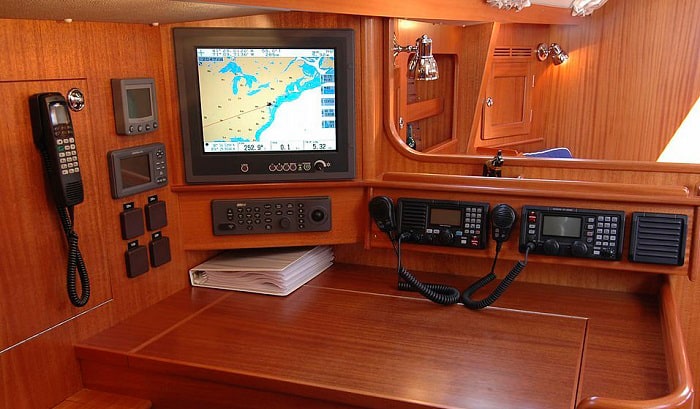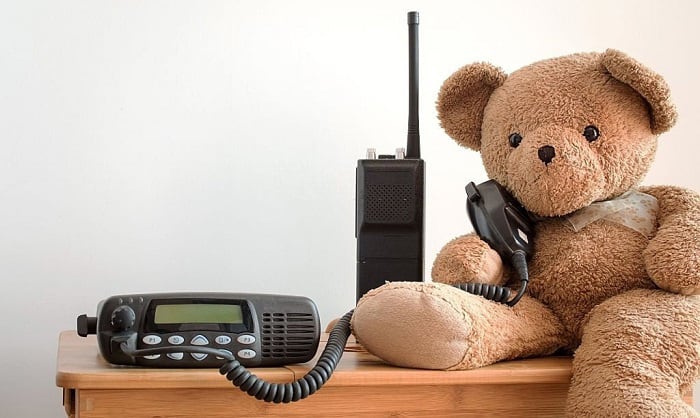A Very High Frequency (VHF) marine radio is a must-have for boaters, even in this modern age of smartphones. When you are on the water and sailing, you will be in a lot of situations where there is no cellular reception. When this happens, a VHF radio for boat saves the day.
Having a VHF radio, however, is not enough. You need to know how to use it to maximize the benefits. Among others, you need to learn the most important VHF channels. These are Channels 9, 13, 16, 19, 22, and 70.
Have you ever found yourself asking, when operating your vessel with a VHF radio, what channel must you monitor? If yes, then we’ve got you covered.
Table of Contents
The Most Important VHF Marine Radio Channels
At least for those who are in the United States, here is a quick list of the channels that should be on your radar while you are on a boat.
1. Channel 9
VHF channel 9 is a secondary calling channel. This is where a shore or ship unit can quickly connect to a boater. It was officially designated by the Federal Communications Commission to relieve traffic from Channel 16, reserving the latter for important distress calls.
2. Channel 13
This is the channel for facilitating bridge-to-bridge communication between vessels. It is used when requesting a bridge opening. It is a navigational channel for one-watt transmission. This is also where you get updates on the movements of ships in locations with tight or narrow waterways.
3. Channel 16
This is one of the most important channels: the VHF distress channel. It facilitates communication from one ship to another or from a ship to the coast. Once you make initial contact, you must convert to a working channel. This is monitored even by those who are on the coast, so it is easy to get the help needed.
4. Channel 19
This channel is primarily concerned with port operations. It is important only if you are using a commercial vessel. It is through this channel that you can know more about the ship movements.
5. Channel 22
After making initial contact with VHF marine channel 16, you will switch to channel 22. This VHF emergency channel will connect you to the United States Coast Guard. Both recreational and commercial boaters must monitor this marine emergency channel. It is also where you can receive broadcasts about commercial boating information, including navigation hazards, extreme weather warnings, and other safety information.
6. Channel 70
This is the channel used for digital selective calling. Through this, it is possible to send an automatically-formatted alert to the Coast Guard. But you will need an equipped radio to urgently send a distress signal to the authorities.
Conclusion
For effective marine radio communications, knowledge of the right VHF channels to contact is crucial. The most important marine radio emergency channel is Channel 16, which will let you send a distress signal, and after which, you will be connected to Channel 22. Channels 9, 13, 19, and 70 are equally critical.

Hi, I am Amaro Frank – the Wind Up Radio’s content editor and writer. Working with Adam is so much fun, as his stories and experiences enrich my knowledge about radio communications and radio accessories. My main tasks in Wind Up Radio are building content and generating great articles on different topics around radio accessories.



